
St Malo is a glorious walled historic French port in Ille-et-Vilaine, Brittany. The port is approximately 14.2 square miles and has packed in it a wealth of French culture and history. Visitors can choose to walk along the walls and explore the Intra Muros or stroll along the beautiful cobbled streets and discover the wonders that the unique French shops have to offer. There are lots of things to do around St Malo for history lovers, foodies, culture-junkies and more, perfect for all ages and across the seasons. Whether you choose to picnic in the beautiful Parc de la Briantais or see what creatures you can spot in the aquarium, you’ll get lost in St Malo’s beauty and charm, and St Malo will be a destination you’ll find yourself being drawn towards again and again.
Top 11 Best Things to do in St Malo
Here are our top 11 things to do in St Malo and you'll find something for every age and any time of year. Make the most out of this beautiful city and explore our list below.
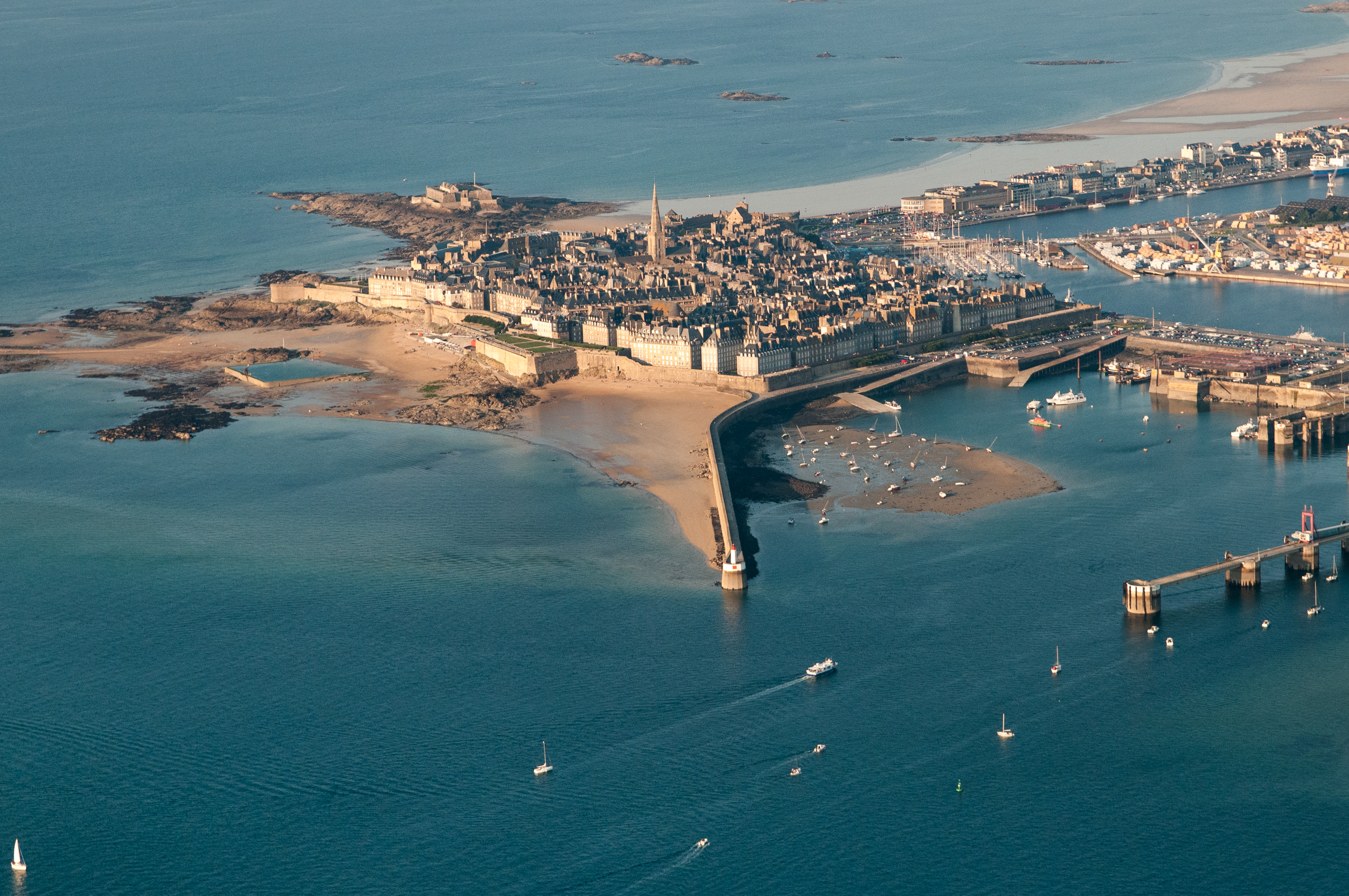
1. Walk along St Malo Walls
The ramparts in the city protect the old part of St Malo and have a total length of 2km. The construction of the walls started in the 1100s before being updated with new military additions in the 1600s. The walls then had their final expansion in the mid-1800s to what you can see today. You can join and leave the route at different points with staircases at each door for entry making it accessible for those of all fitness levels. Locals like to start the walk at the Porte St-Vincent where you’re greeted with a breath-taking view of St Malo Marina upon climbing the stairs. You’ll then pass the glorious homes of the wealthy ship owners and corsairs, set apart from the rest of the houses by their high granite facades. The entire walk has a different view to marvel every step of the way and the walk is a great way to see the beautiful St Malo surroundings.
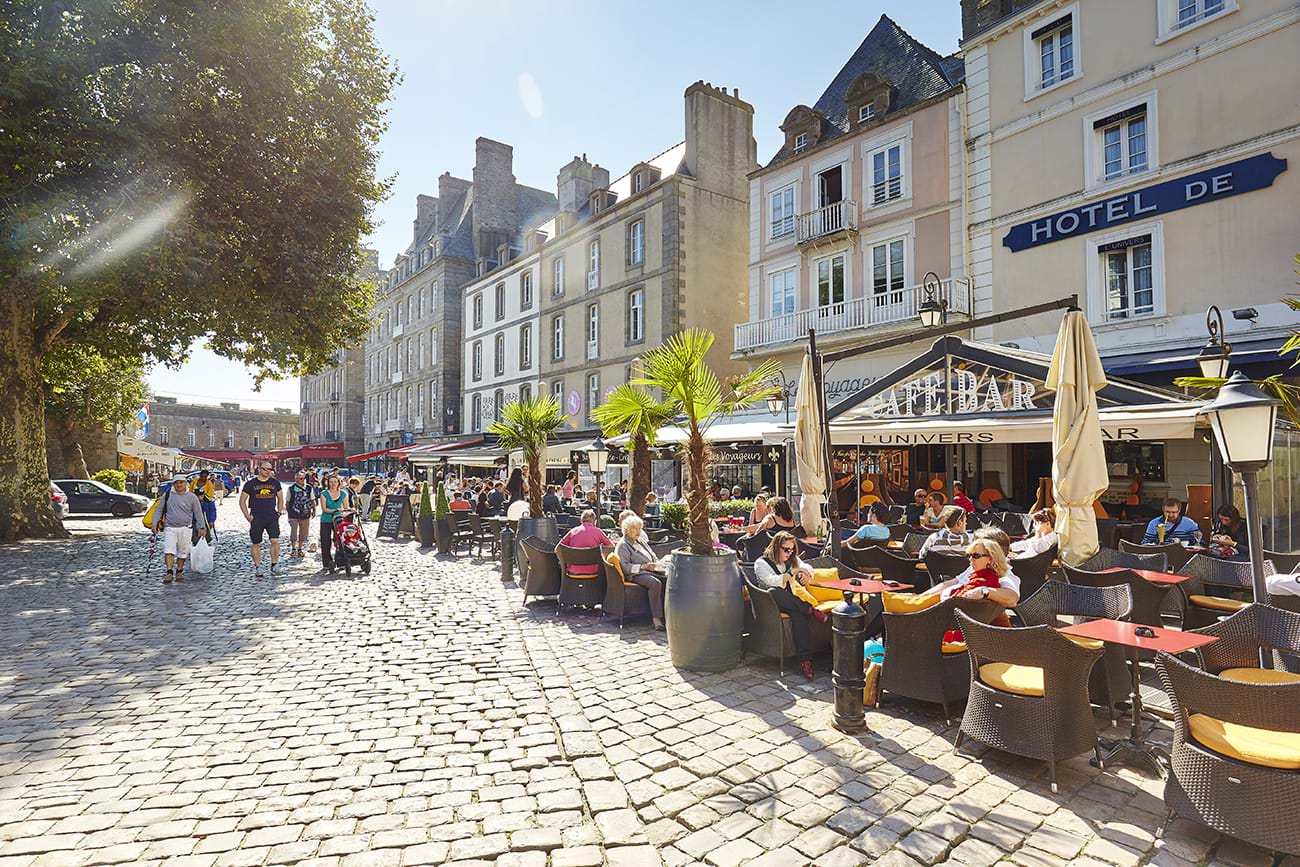
2. Explore the Intra Muros district
St Malo has several districts with the Intra Muros, literally translating to inside the walls, being one of the most popular. Cocooned within the 2km long tall granite wall, the Intra Muros district is a delightful map of cobbled streets lined with upmarket shops, bars, restaurants, grand merchants' mansions and sea captains' houses with an array of open squares to explore. On the southwestern tip of the district you’ll find the jetty where you can walk out to get a fantastic view. In August 1944, 80% of the buildings in Intra Muros were destroyed in attempt to remove the German forces out of St Malo and the city has since been restored to become the beautiful seaside port it is today.
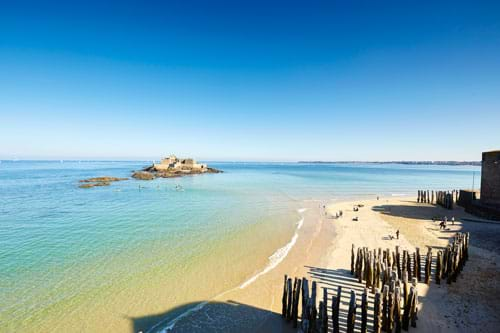
3. Walk along the Plage du Sillon
At 3km long, the Plage du Sillon is the longest sandy beach in St Malo. Within its sands, you’ll find the Grande Plage, the beach of Hoguette and the beach of Rochebonne. When the tide is low, there is a very wide expanse of beach that can be explored with beautiful architecture on one side, and the glorious blue sea on the other. In the summer, the beach is supervised with lifeguards for safe swimming and there are kids’ clubs available to keep the younger ones entertained. The beach is perfect for watersports in windy conditions with the options for kite flying, sand-carting, and windsurfing. Whatever type of beach you need, the vast expanse of the Plage du Sillon will be perfect for you.
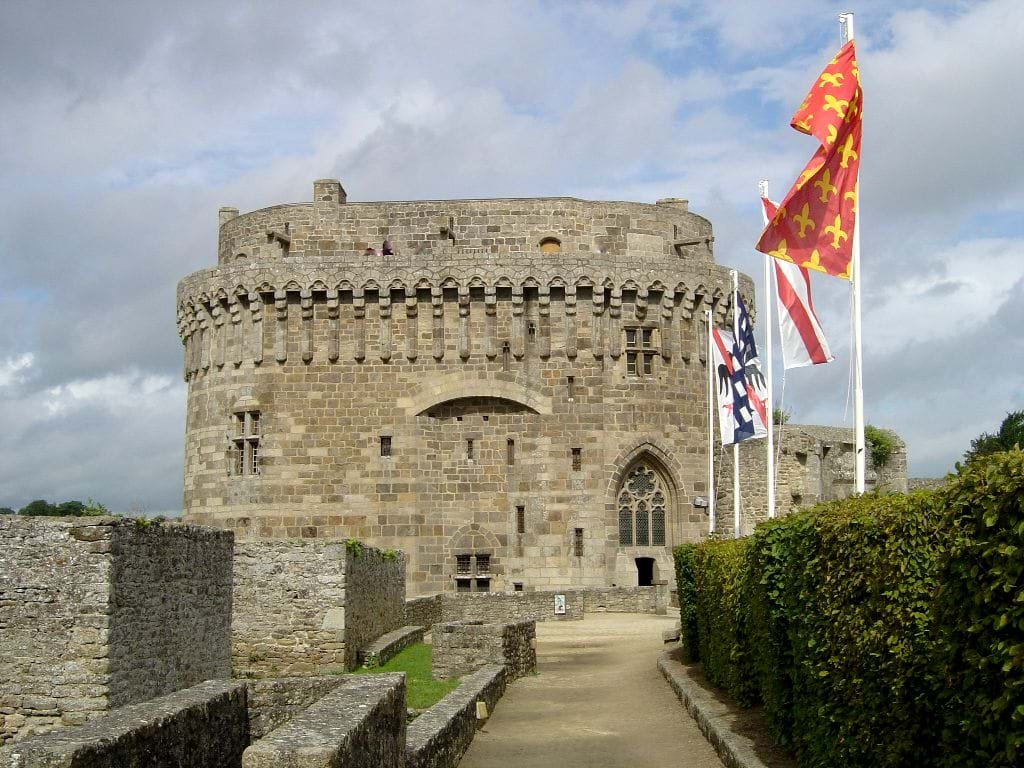
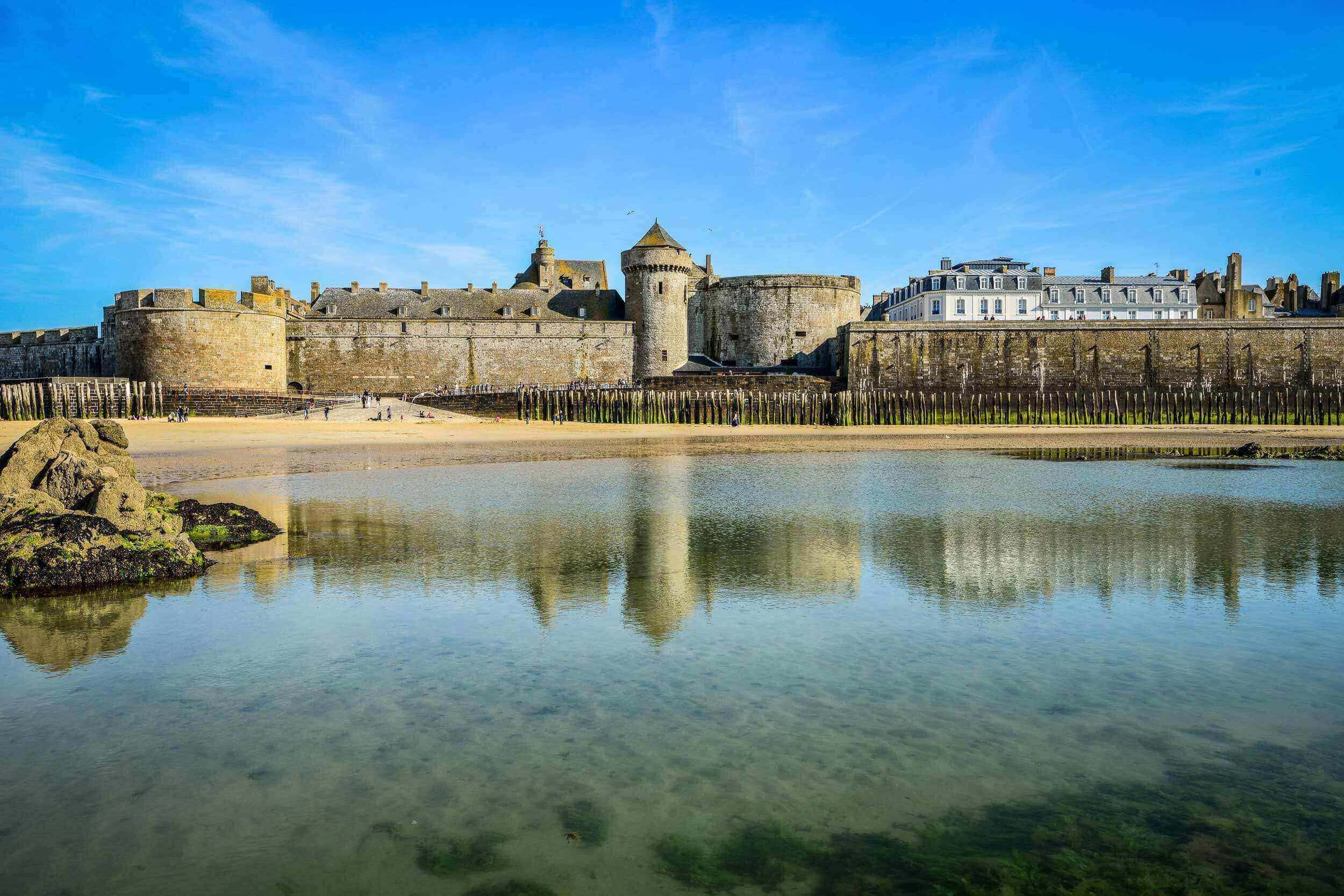
4. Wander around the Chateau de St Malo
The Chateau de St Malo is attached to the Quic-en-Groigne tower and is a symbol of royal power. It was built between 1424 and 1690, first by Jean V, the Duke of Brittany and then by Duke Francois II who built the first tower. It is now the Musée d'Histoire de St-Malo and is where you’ll find interesting facts and exhibitions examining the maritime history of the city as well as the 19th century writers of which Chateaubriand was well known. The whole chateau experience is heightened by the lookout towers offering stunning views of the old city.

5. Visit the St Malo Grand Aquarium
The Grand Aquarium in St Malo is in the southern part of the city, less than 5km away from the harbour. The aquarium has 8 collection rooms filled with wonders from the sea, as well as a touch basin where you can get hands on with some of the different sea species and even feed them. The different rooms or universes as they are known, are themed each with a different climate, so you can explore the globe with the Atlantic, Mediterranean and Tropical biomes. The normal opening hours are 10am-6pm, giving you lots of time to browse all that the aquarium has to offer, as well as relax in the creperie onsite and grab a special souvenir from the gift shop.
6. Stop to see the Flemish architecture in Paramé
Paramé is the district next to Plage du Sillon northeast to the walled city. It expanded rapidly in the late 19th century through the adding of stunning Belle Époque villas. These villas were built by wealthy holidaymakers and provide a grand expanse of architecture to explore so you can take a day tour around the area, stopping at a few of the fabulous individual houses. For example, you can look at the Villa l’Argonne on Boulevard Chateaubriand, which has a stunning octagonal tower and a pattern of alternating glazed and red brick. After the Villa l’Argonne, you can go onto the Villa Remember on Boulevard Hébert, where you’ll see the exaggerated Flemish style house with a crow-stepped gable and stone finial.
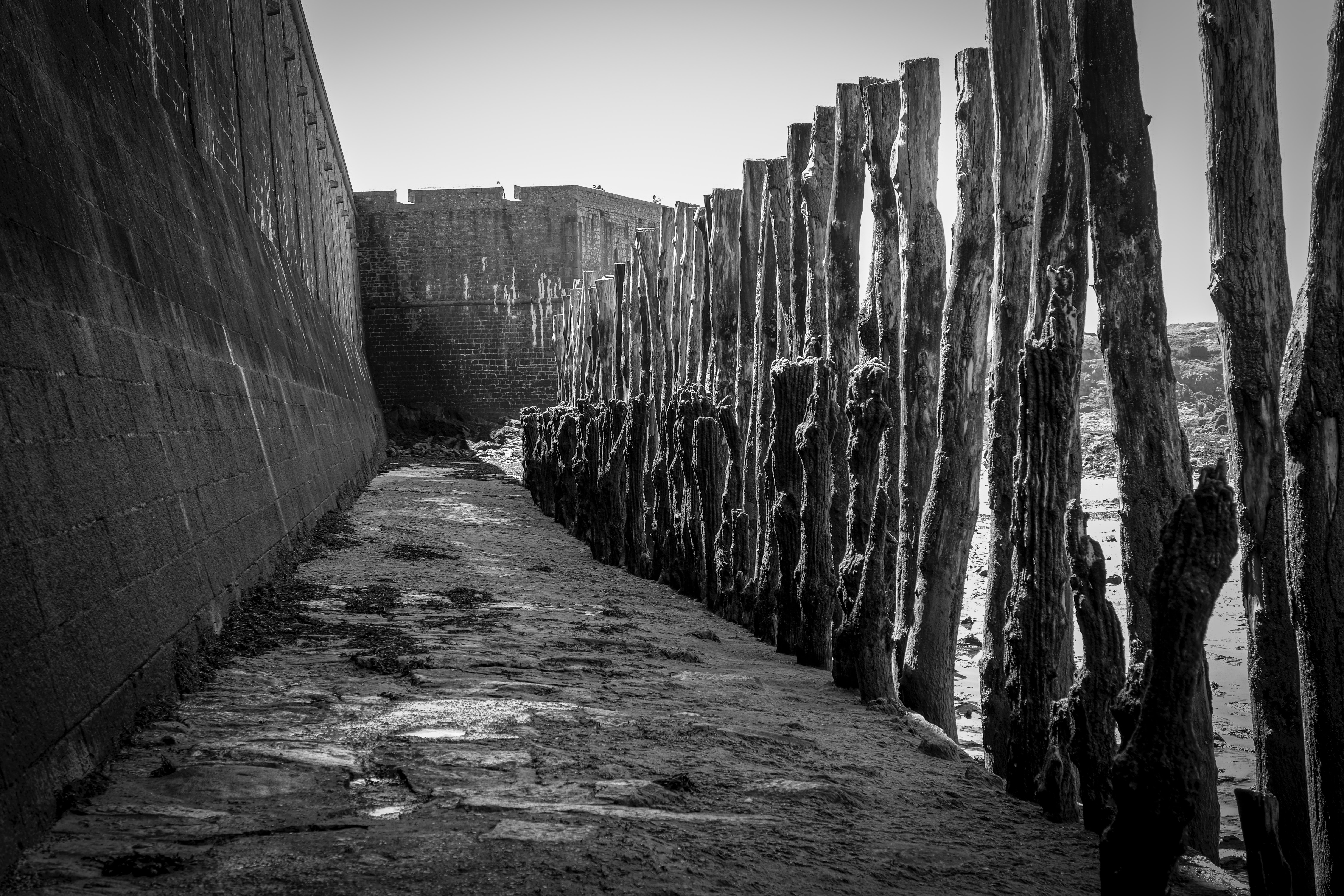
7. Discover Fort National
Fort National is the stunning fortress on a tidal island a few hundred metres away from the walls of St Malo. It was built in 1689 under the orders of King Louis XIV to defend the ramparts of the city. You can only enter the fort when the French flag is raised due to the tidal conditions, and you can access it at low tide from the beach l'Eventail which lies in front of the castle. Inside the fort’s walls, you will find out about the military life that took place there over three centuries ago including canon attacks and bombings. In 1906, the fort was classified as a historical monument and since 2000, has had major renovations to maintain its basic architecture.
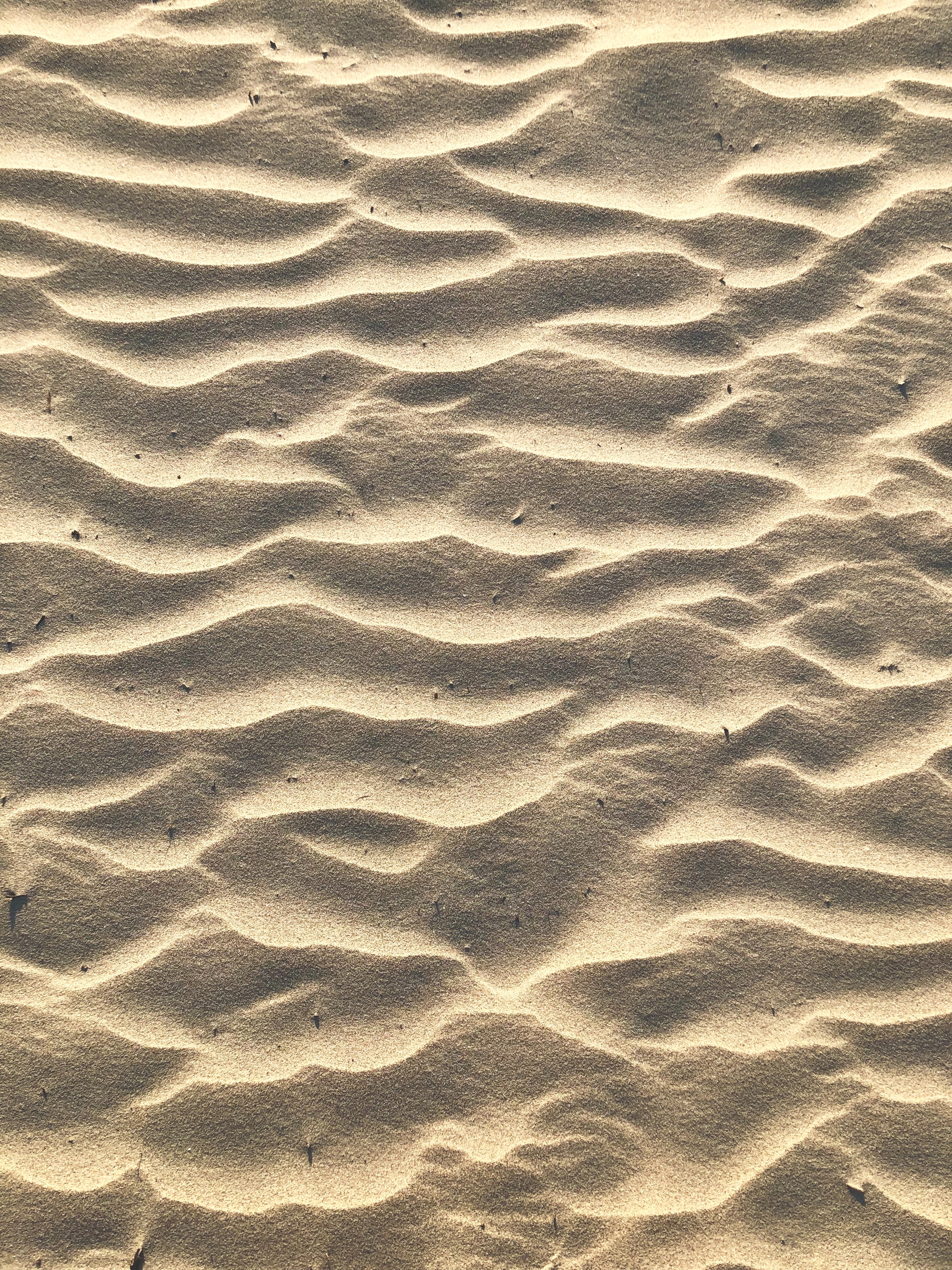
8. Explore the Grand Bé
The Grand Bé is a tidal island which lies in the mouth of the Rance River, a few hundred metres away from the walls of St Malo. At low tide, you can access the island by walking through the Bon-Secours Beach and once you’ve made it on, you may be able to spot some remains of an ancient fort. You can see the tomb of François-René, vicomte de Chateaubriand, a renowned French writer, diplomat and politician who was buried on the island. His work had a major influence on the French literature in the 19th century, and, funnily enough, his passion for food has led for the ‘Chateaubriand steak’ to have been named after him.
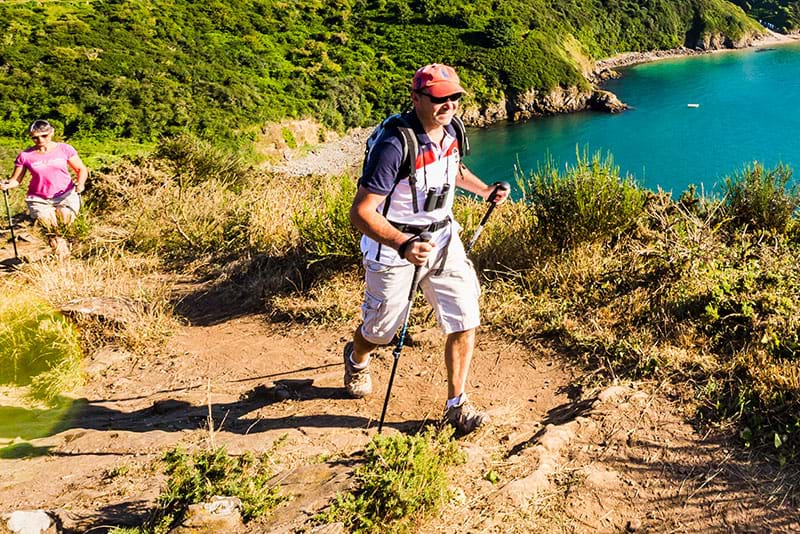
9. Start walking the Sentier des Douaniers
The Sentier des Douaniers, also known as the GR 34, is a 400km coastal path that goes all the way to Brest, which Customs Officers used to patrol to stop smuggling. The path runs from the port of Ploumanac’h to the beach of Trestraou and is one of the most popular walks in the Côtes d'Armor whether you are an experienced hiker or just looking for a stroll to take in the beautiful sites of the Breton coastline. There are many points of beauty along the way for you to stop and marvel at including the Cap de la Chèvre, a gorgeous spot where you can enjoy a 180-degree view over the sea.
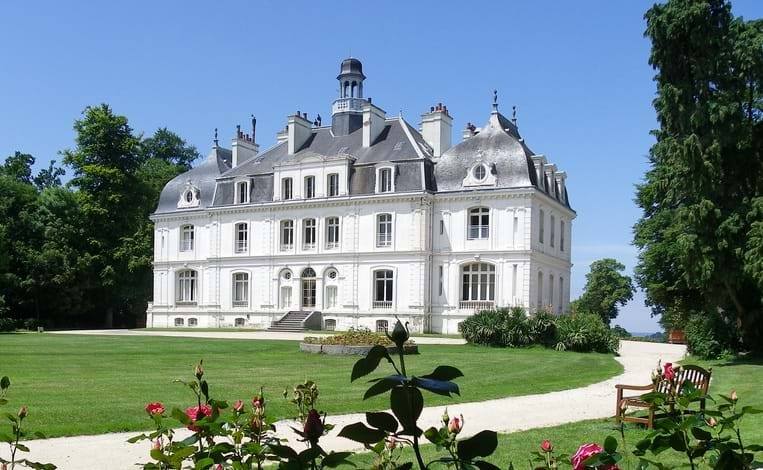
10. Picnic at the Parc de la Briantais
The Parc de la Briantais is a 27-hectare park in St Malo that was remodeled in the 19th century by the Bühler brothers. The park boasts a spectacular array of flowers and wildlife and is perfect for bird-watchers with a wide variety of bird species flying through. The park surrounds a castle that was previously owned by a former State Minister, Guy La Chambre and mayor of St Malo. In 1999, it was gifted to the city of St Malo and now is a place of beauty for visitors and members of the public to come and enjoy. It also regularly used as a place to host public exhibitions and events.
11. Explore inside Les Malouinières
Les Malouinières are the beautiful residences of the rich ship-owners and corsairs used as countryside homes in the 16th to 19th centuries. The residences lie within a 15 km radius of St Malo and are of unique architectural heritage to France. The houses have a distinctive sculpted woodwork and gorgeous French gardens, as well as a unique general layout of the house including parks enclosed by large walls, dovecotes, chapels, and outbuildings. Some of the buildings are open for visitors to explore, particularly on heritage days and are a fascinating insight into how the wealthy French aristocrats lived in the 16th-19th century.
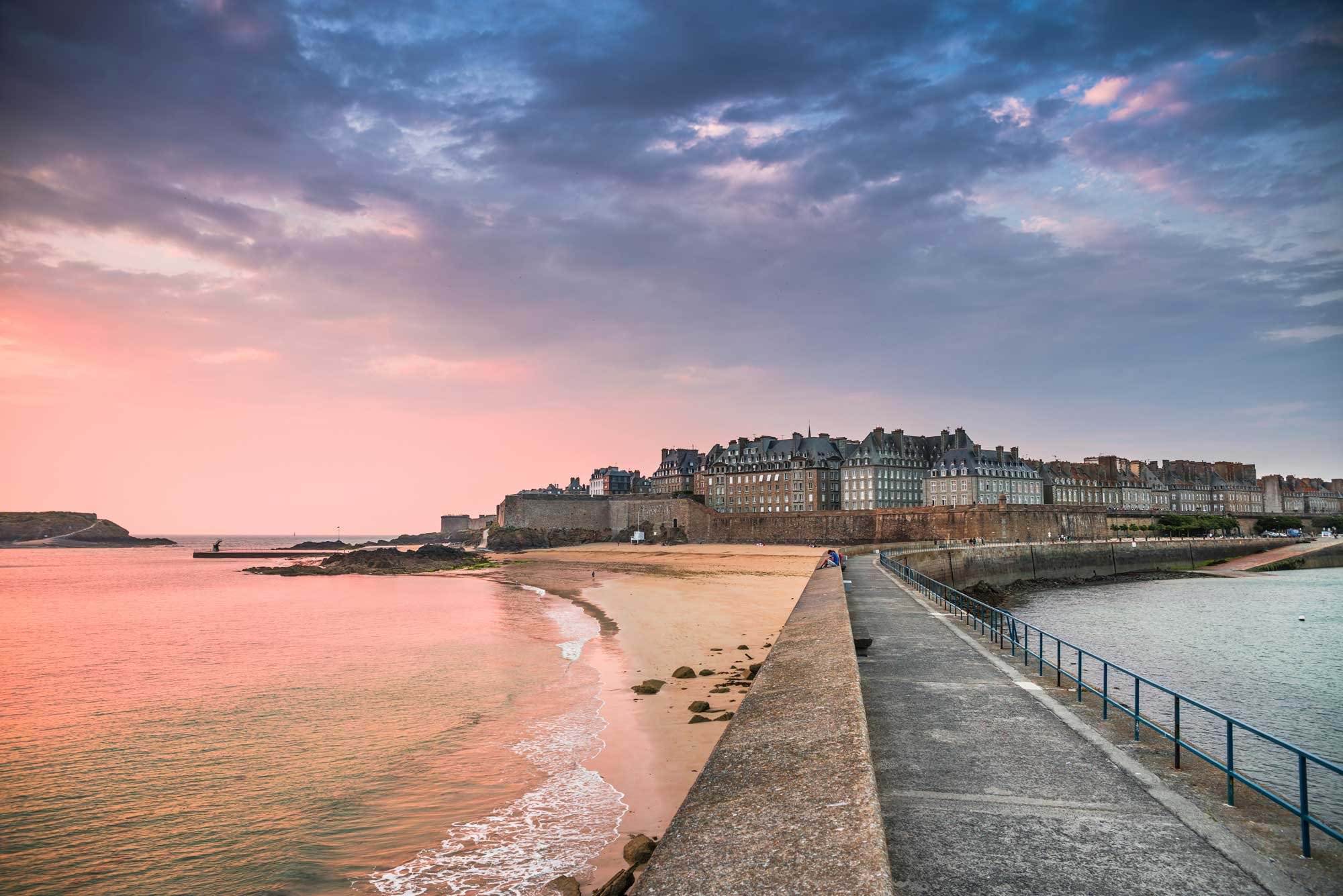
Book your ferry to St Malo here
Catch the ferry and discover the sights of St Malo. Browse our holidays to St Malo if you're looking for a hotel & ferry package.

Top 10 things to do near St Malo
- Take a trip to Rennes
- Visit the Mont St Michel
- Visit Dinard
- See the Fontaine Laveuses de Huitres et Église St-Méen
- Hike to la Pointe du Grouin
- See the Moulin de la Saline
Things to do in Dinan
Dinan is approximately 35km south from St Malo and with only a 40-minute drive, it is the perfect city for a day trip. Explore Dinan here.
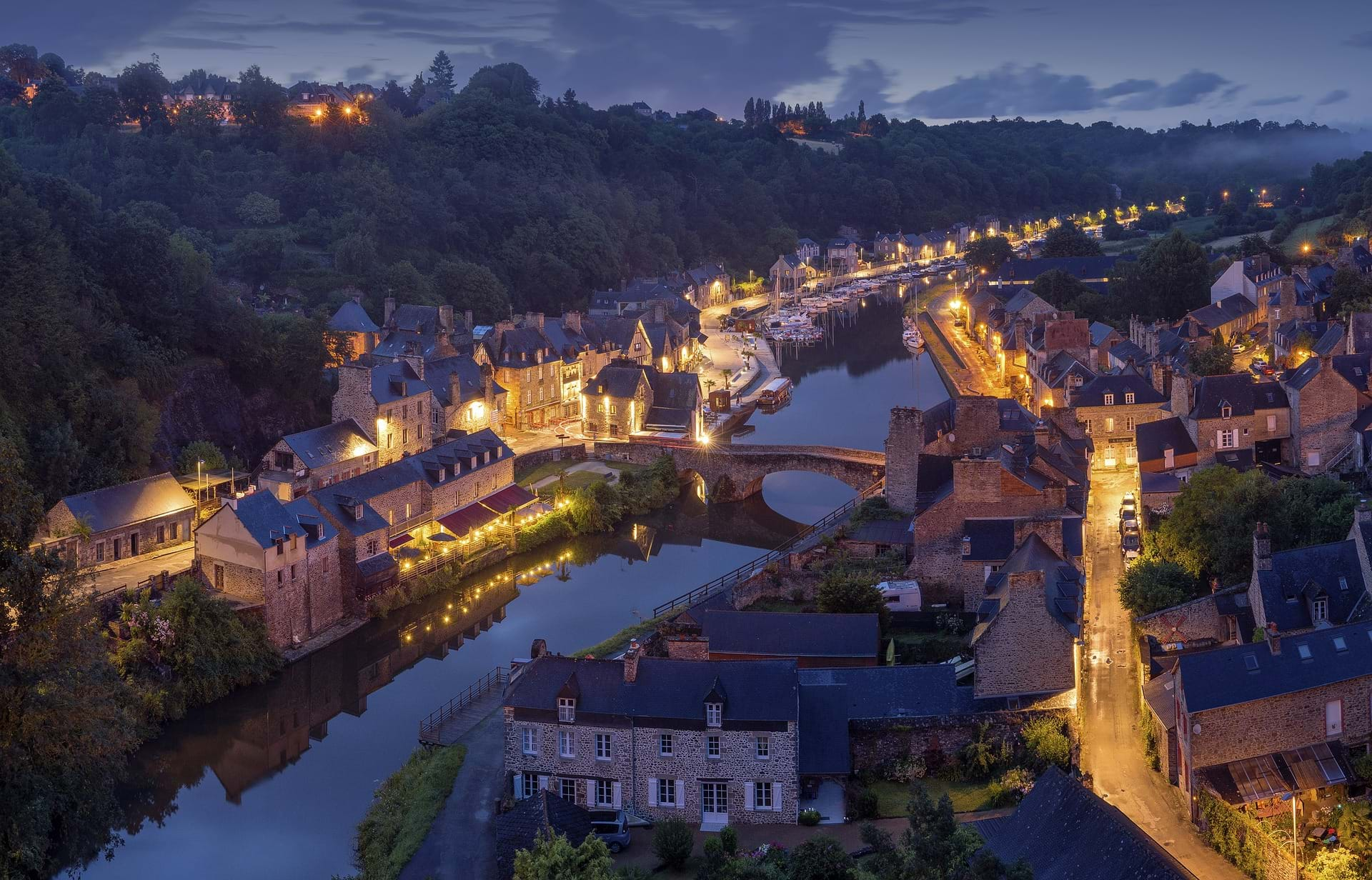
1. Port de Dinan
The Port de Dinan is the name given to the part of the city that surrounds the Rance River and is connected to the city by the steep streets of the Rue Jerzual and the Rue de Petit Fort.
2. Le Centre Historique
Le Centre Historique is an area of the city that still has architecture from the 1800’s, full of 19th century character and some of the buildings even have a slight lean inwards, creating a magical and gothic feel.
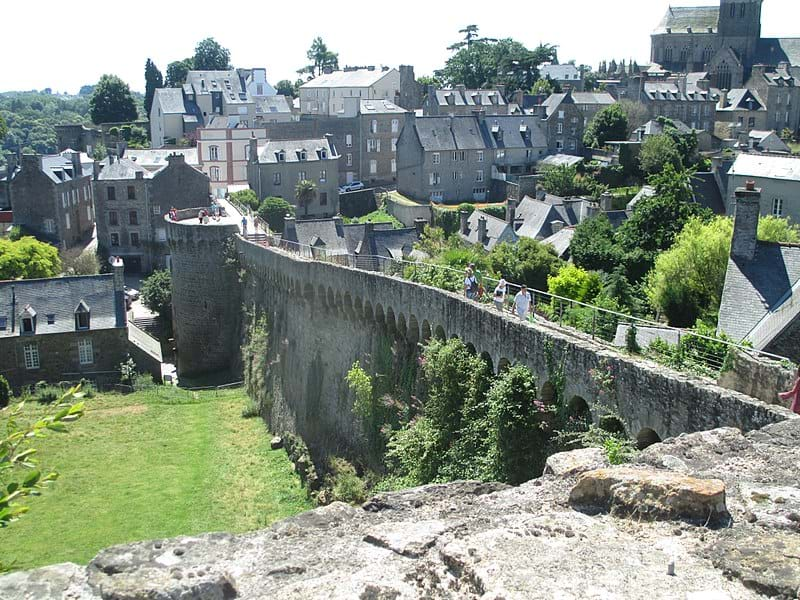
3. Les Ramparts de Dinan
The Ramparts of Dinan were erected in the 13th century when the city became a Duchy, however, the walls underwent continual improvement until the 16th century during the Wars of Religion when its uses became redundant.
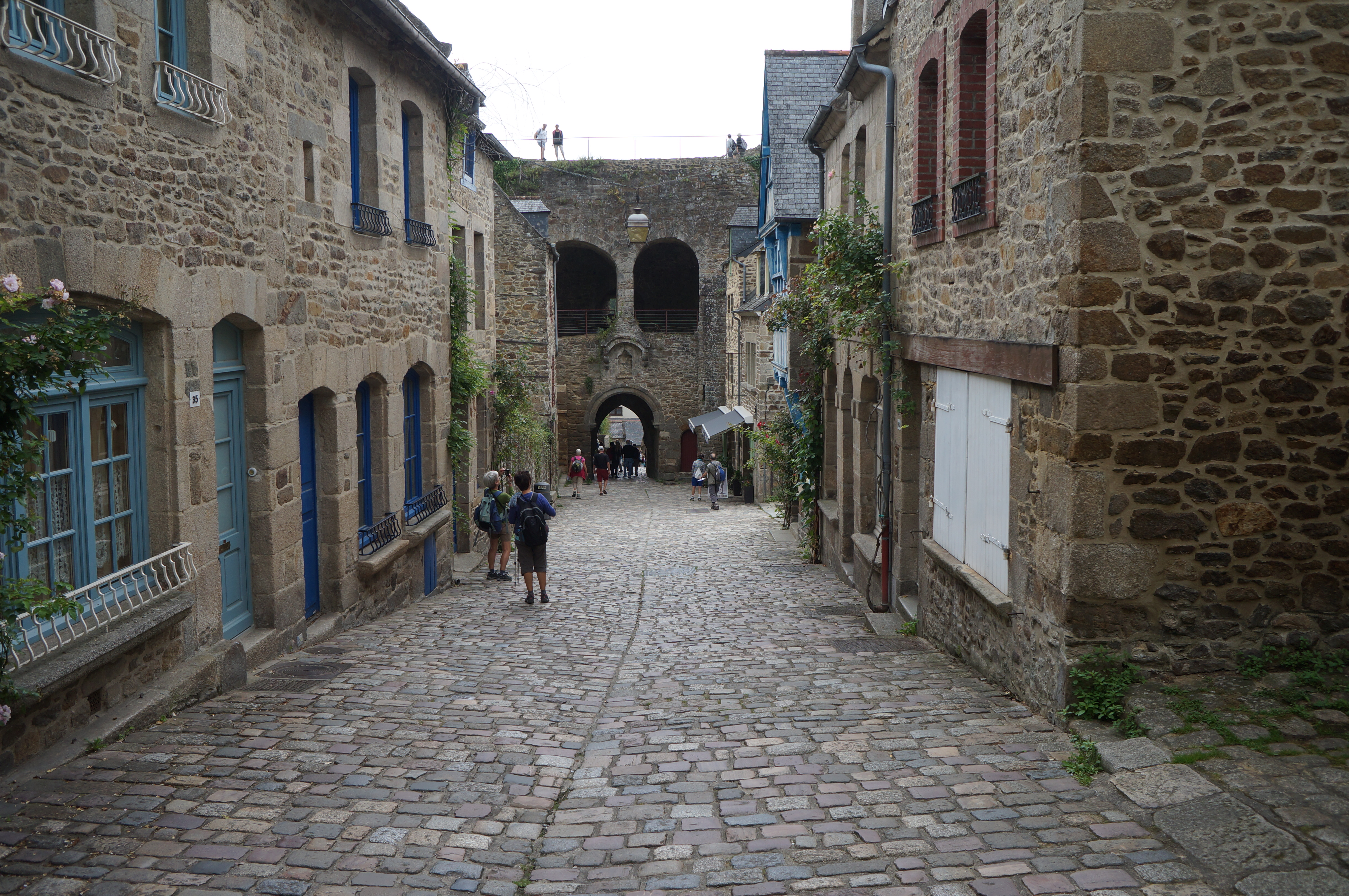
4. Explore the Rue de Jerzul and the Rue de Petit Fort
The St-Sauveur Basilica of Dinan is a Roman Catholic church located in the city.
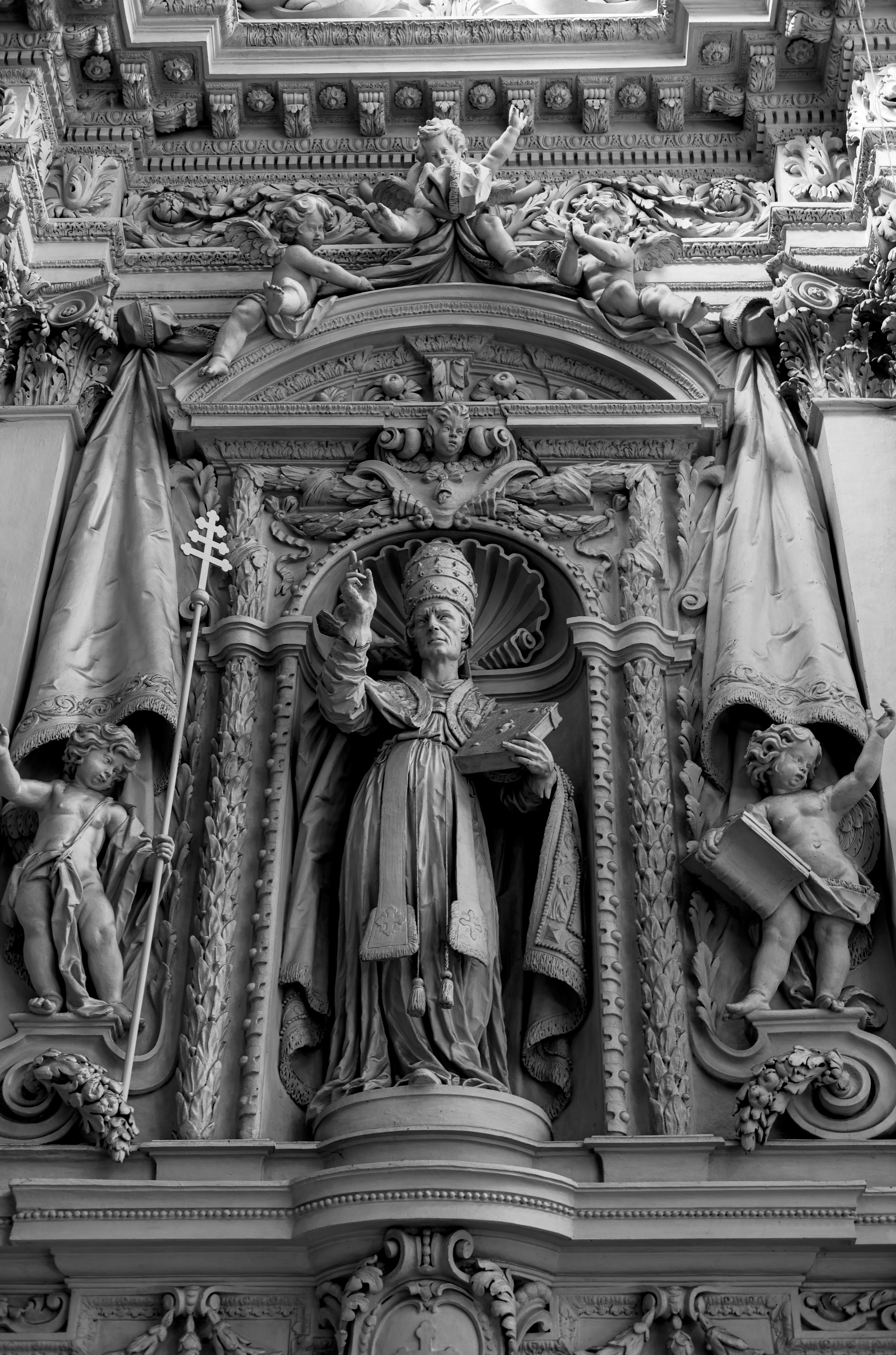
5. Basilique St Sauveur
The St-Sauveur Basilica of Dinan is a Roman Catholic church located in the city.
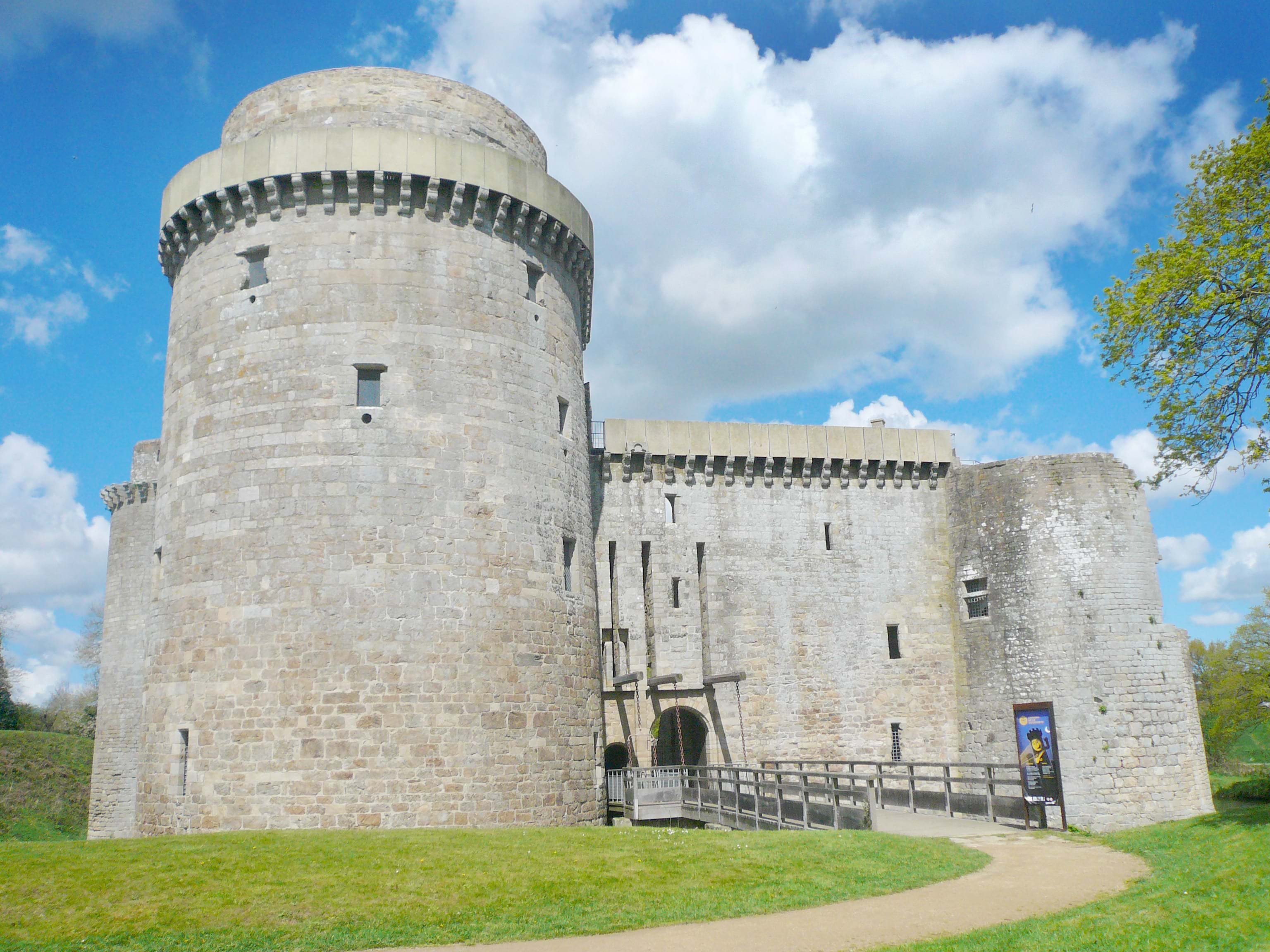
6. Chateau de la Hunaudaye
The Chateau de la Hunaudaye lies to the west of Dinan and makes for a fantastic day out with activities to do for the whole family.
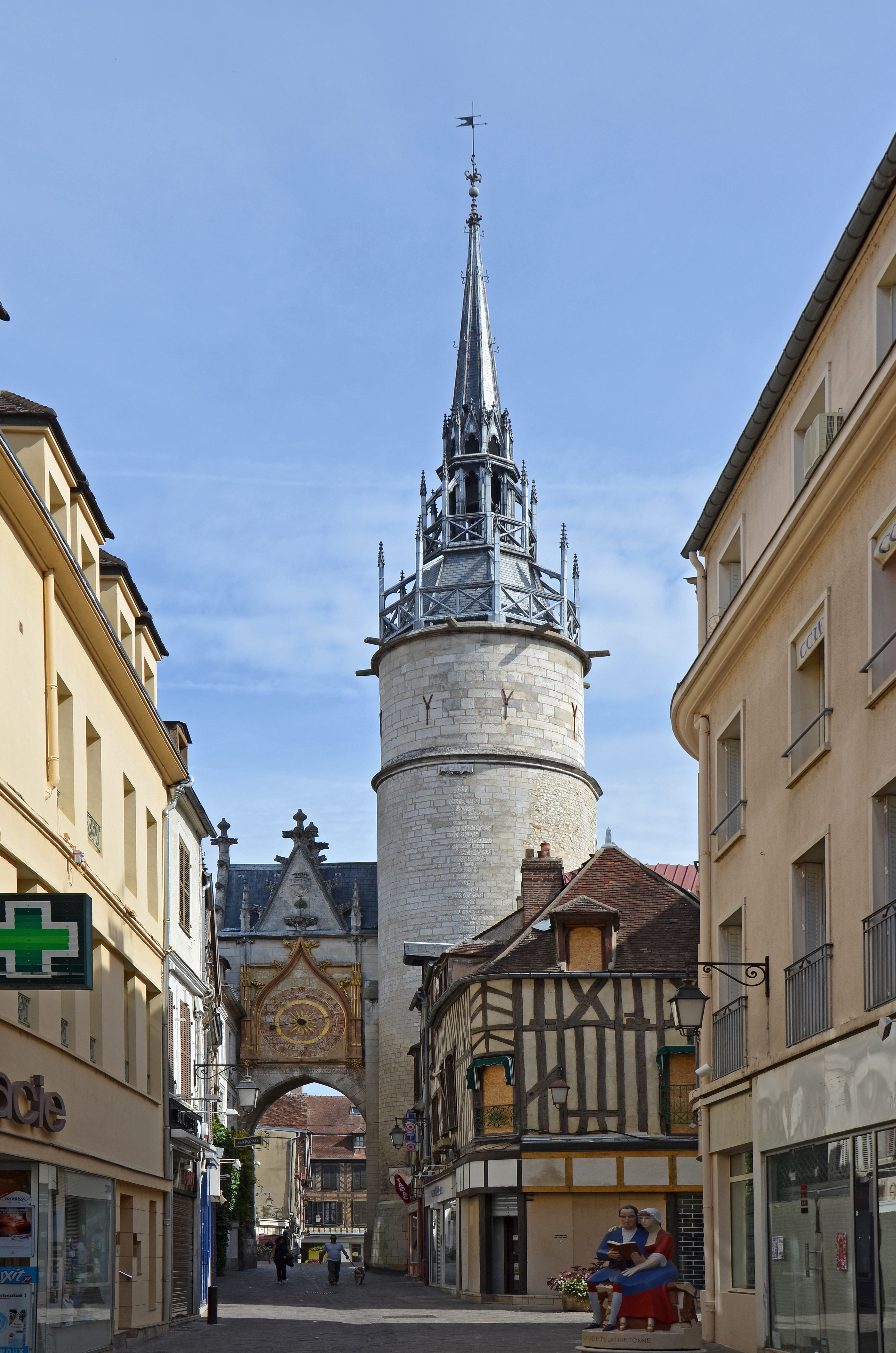
7. La Tour de L'Horloge
The Tour de L’Horloge is a tour up to the clock tower balcony, where you can listen to the chimes that ring every quarter of an hour whilst looking down on the beautiful city.

8. Château-Musée de Dinan
The museum showcasing the city’s extraordinary past is currently in the keep of the ruined 14th-century chateau.

9. La Grande Vigne
La Grande Vigne in Dinan was the home and inspiration of the painter, Yvonne Jean-Haffen. Jean-Haffen moved into the house in 1930 and used it as a studio to practice her art and ceramic work.
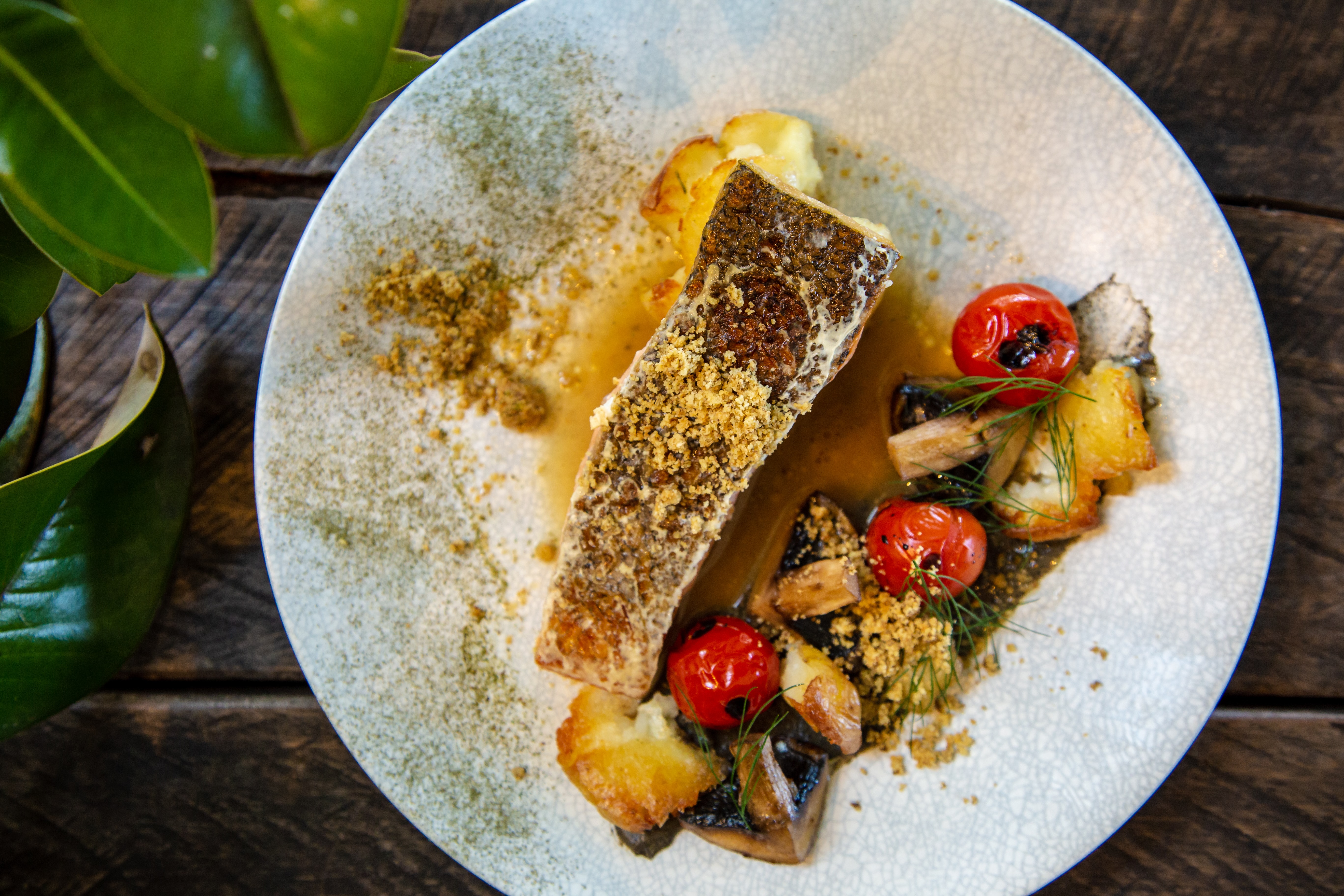
10. Enjoy a gourmet French dinner at La Courtine
La Courtine is a snug bistro just down the street from the church on the Grand Rue.
10 Romantic things to do in St Malo
France has often been considered as one of the most romantic countries in the world, and once you pull up into the stunning St Malo Port, you’ll see why. The French are known for their sensuality and maybe because of this, there are many things to do for couples in St Malo to celebrate the romance and create new, exciting memories together.

1. Share a crepe at Creperie Margaux
Nestled in the beautiful Intra Muros at the top of the city in a small square, you’ll find the renowned Creperie Margaux. The Creperie is cosy so you may find yourself waiting for a table as the food here is very popular with locals and tourists, but there is outdoor seating so on sunny days you can sit and enjoy your crepe whilst watching the world go by. The sweet and savoury options on the menu make deciding on what to have a tough choice, or if you have worked up an appetite, there’s no reason why you can’t have both.

2. Take a romantic stroll around the ramparts
The total distance of the ramparts will take around an hour to explore, the perfect amount of time to work up an appetite before heading into one of the city’s welcoming eateries. The whole route will shower you with glorious views, whether that’s looking out over the beauty of the Emerald coast, or the view over the beautiful St Malo bay. Amongst your stroll you’ll find yourself up high in the Bidouane tower where at 23 metres tall, you’ll be able to see the whole city of St Malo.

3. Enjoy a romantic picnic at Le Parc de la Briantais
Le Parc de la Briantais has lots of luscious picnic spots to choose from where you can sit and relax with some delicious food from one of the many local delicatessens. Pack up your hamper with some typical French picnic food including jambon, fromage and a crusty French baguette to create the perfect dinner. From the park, you can enjoy the views of the beautiful flower gardens, as well as the glorious 17th century manor house, behind which you’ll be able to see the stunning bay of St Malo.

4. Sit and enjoy the beautiful gardens at Roseraie Ste-Anne
What could be more romantic in St Malo than a garden that has over 150 varieties of rose? The medieval-style gardens are encased in a beautiful stone wall, and inside you’ll find 4000m² and flower beds with over 2500 roses. One of the rose species is the Rose Reflets de St-Malo, a unique rose created by Michael Adam and located in the old kitchen garden of the Ste-Anne house. You will see upon your visit that the roses are arranged precisely according to their appearance, fragrance, and their disease resistance properties.
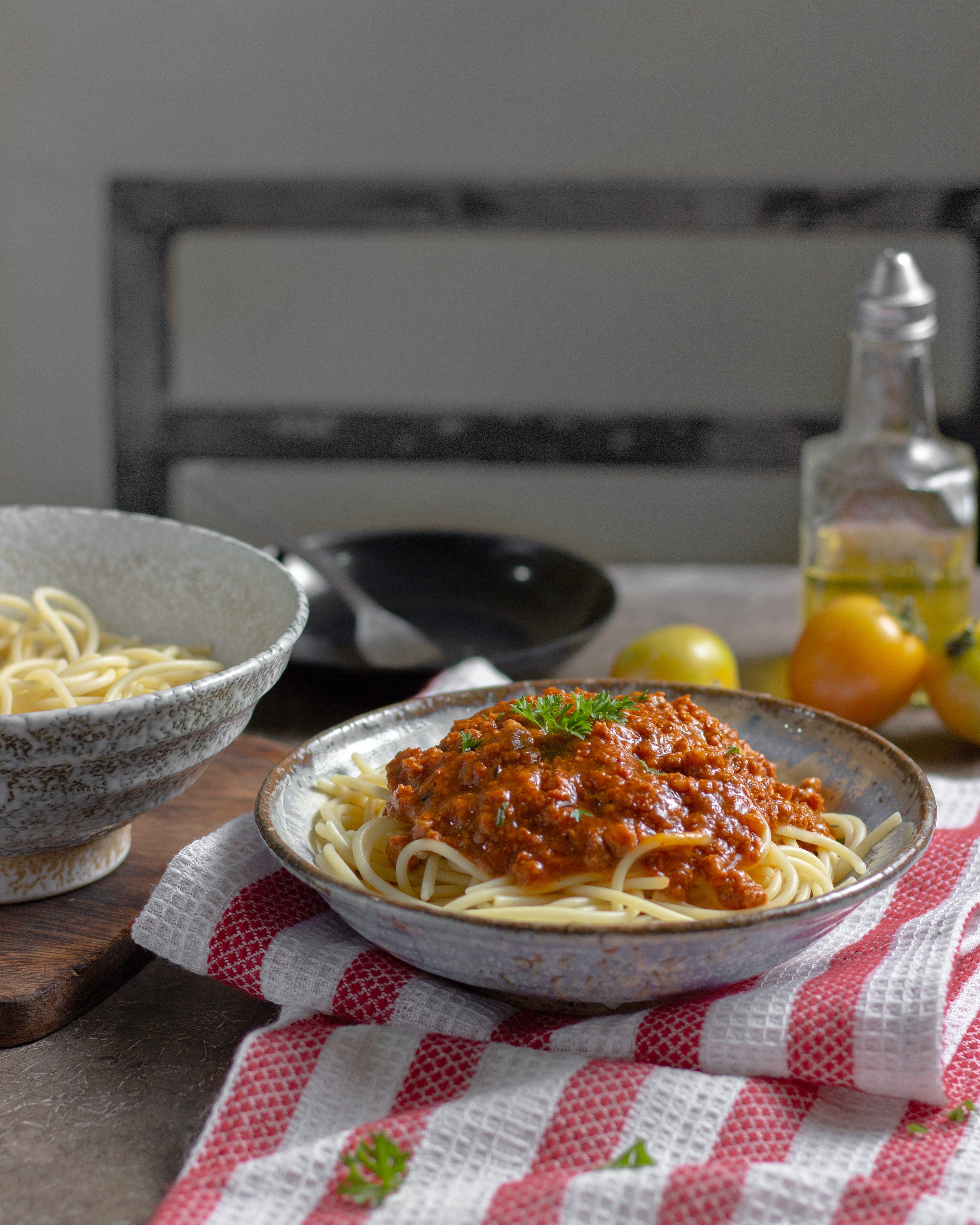
5. Have a ‘lady and the tramp’ moment at Origano Italian Restaurant
You may be in France but that doesn’t mean you can’t find delicious authentic Italian cuisine. Origano lies on the Rue Ville Pepin in St Servan, only a 15-minute stroll from the centre of St Malo, but you’ll be able to recognize it immediately from the delicious smells wafting out of the kitchen. Its location means it’s away from the tourist crowds, but it is still busy due to its popularity with the locals (once you visit, you’ll see why!). On the menu, you can find all of the traditional Italian favourites including bruschetta, pasta and pizza. It’s the perfect place to fuel up on a lovely day exploring the city.
6. Relax on the golden sands at the Plage du Mole
The Plage du Mole lies in the centre of the historical area of the city right under the ramparts and is the perfect place to break up your sightseeing by relaxing on the golden sands. The beach is always sandy and smooth, so you won’t have to step over rocks to get into the water. Even at low tide, there is plenty of sandy space to fit a secluded spot. Of course, you can enhance your beach visit with a delicious French crepe which you can grab from the nearest creperie, or simply pick up an ice cream to cool you down on those warm summer days.
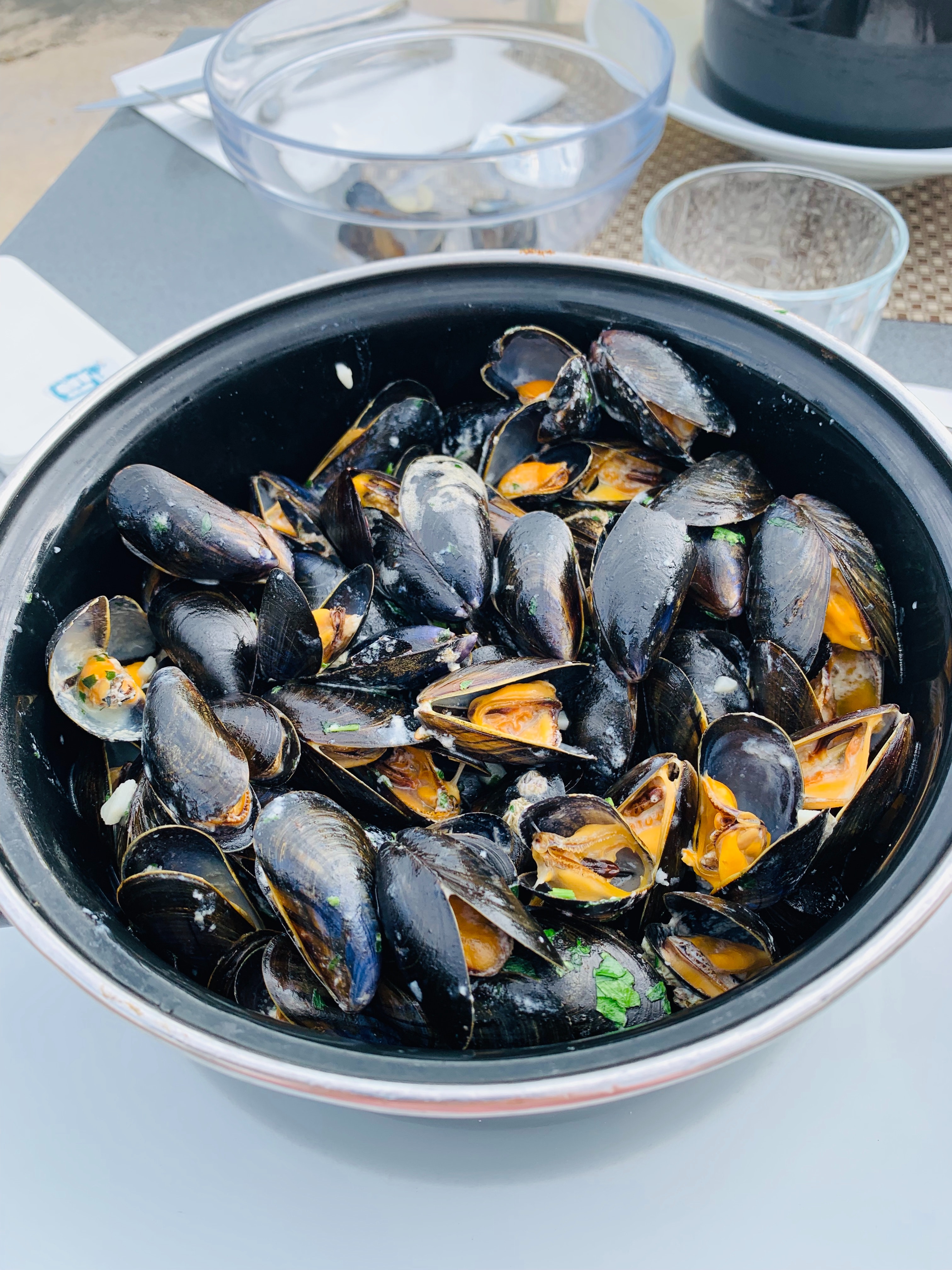
7. Share some Moules Marinare at Apparance restaurant
The Apparance restaurant lies on the Esplanade du Commandant Menguy and its position makes it ideal for alfresco dining and looking out onto the port. On the menu you can expect to find fresh local sea fare including oysters and mussels, as well as a range of meaty and vegetarian dishes to cater for all tastes. The interior is decorated with rustic and modern chic furnishings that make it a truly memorable and welcoming experience, whatever time of year you visit.

8. Enjoy a Segway tour with Gyro Malo
Gyro Malo is a fantastic Segway Tour Company, where you can hire out Segways to explore the city in a fun and efficient way! The economic batteries mean that you can take a Segway out for 30km of adventure around the city. If you haven’t already hopped on the Segway trend, you’ll be taken away by the ease and smoothness of the ride. Trying out this new way to discover the city with your significant other is a great way to make memories and bring you closer together.

9. Take part in butter tasting at L’Autour du Beurre
L’Autour du Beurre is a fine dining restaurant in the heart of St Malo where you can enjoy the best of French cuisine and sample a spread of different flavour butters including raspberry, citron, and buckwheat. The restaurant is famous for the butter selection, so make sure you order accordingly and don’t fill up on the delicious appetisers before the main course comes out. The wine and desert menus are vast and put the cherry on top of a romantic and delicious dining experience.

10. Rent a vintage vehicle for the day and explore St Malo’s surrounding roads in style
Make your French adventures the most memorable yet with one of Calima Loc’s vintage vehicles. You have the option of renting out vintage VW campervans that you can take out for longer adventures, fully equipped with bedding and everything you need for a comfortable stay. Or you can choose to take out cars such as Morris Minors and Meharis. All of the vehicles have been recently renovated to ensure that they are safe to drive and fully able to take you on the French roads in style. If you'd like to stay overnight check out St Malo's best campsites.
Free things to do in St Malo
There are plenty of things to do around St Malo, and many of them you can enjoy without breaking the bank. St Malo is a stunning city, and you can easily spend a day just marveling at the beautiful quaint streets, glorious architecture and breathing in the delicious smells of the Breton cuisine. If you are looking for a little more of an insight into the historical city, there are a few attractions that you can explore for free! Don’t let your budget stop you from making the most out of this magical place.
1. Visit the Ar Zénith
Ar Zénith is the first French civilian ship to have reached England on June 19th, 1940 following the Appeal of General de Gaulle where it arrived in Plymouth on the 21st June and was encompassed in the Royal Navy under the Free French Naval Forces. The ship was based in Falmouth and primarily used to transport ammunition and undergo night missions off the British Coast. In 1999, the much-used ship was obtained and listed as a historical monument and now resides in the Cale des Torpilleurs in St Servan, St Malo where visitors can go and admire its beauty.
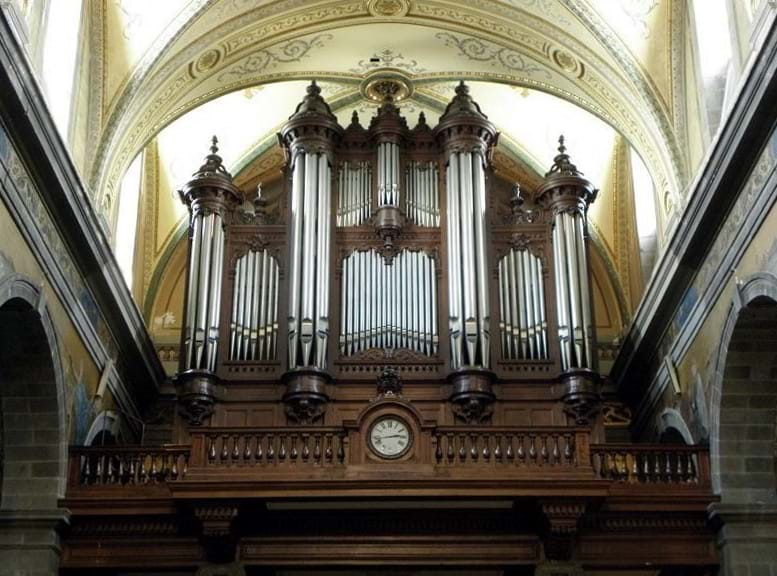
2. Discover the beautiful architecture at the Eglise Ste Croix De St Servan
The Eglise Ste Croix is a Roman Catholic Church located in the St Servan district of St Malo and is a registered historic monument due to its beauty and classic architecture. The foundation of the church was built in 1715 to replace the smaller parish church, and the only feature of the previous church that remains now is an arch, decorated with a small sculpture of a human head. The church has 4 bells that were erected from 1861 to 1885 and they range from a weight of 0.7 tons to 4.35! The church has stunning stain-glass windows for visitors to admire that were created by Joseph Archepel and put up later in 1962.

3. Walk over to the Ile de Grande Bé and explore the island
The Ile de Grande Bé is a beautiful island that is only accessible from the mainland through Porte des Bés at low tide. The island is where the 18th century St Malo-born French writer, Chateaubriand is buried, and you can see the tomb which is a marble slab topped with a heavy granite cross looking out over the sea. About 100m further out to see from the island, you’ll find the Vauban-built, 17th-century Fort du Petit Bé. From the island you’ll be able to enjoy great views along the coast and breathe in that fresh Breton air.
4. Take a stroll along one of the glorious St Malo beaches
Although the beautiful buildings and history of the city are a haven to explore, the surrounding beaches of St Malo are just as inviting, with long expanses of golden white sand to uncover. The Grande Plage du Sillon is the largest and most popular beach with a 3km stretch of sand and easy access straight from the walls of Intra Muros in Paramé. Another beach to roam is the Plage de Bon-Secours, which is popular due to its seawater swimming pool equipped with a diving board to offer multiple options for swimming. Here, you can enjoy the beautiful views of St Malo Port and Dinard, as well as the Ile de Grande Bé.
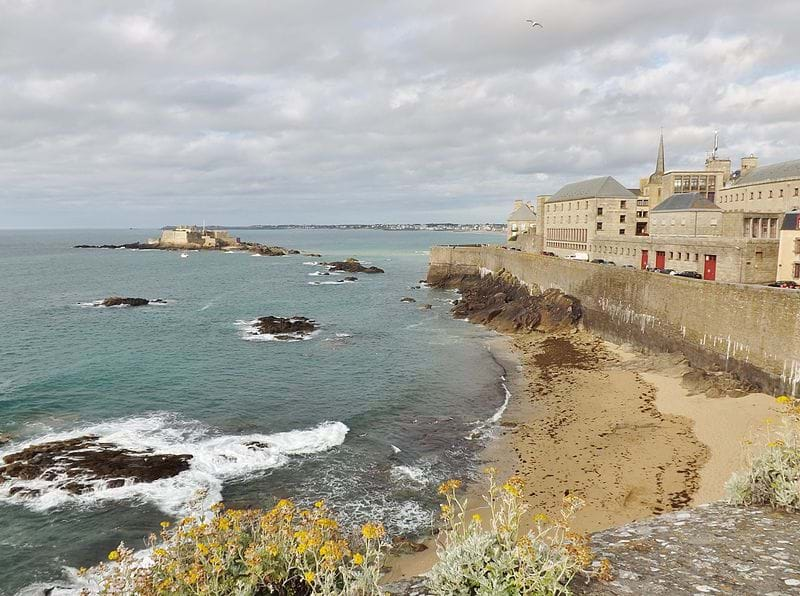
5. Climb up the Tour Bidouane
The Tour Bidouane lies on the north-western corner of St Malo’s city walls and dates back to the 15th century. The tower has a horseshoe-shaped layout which is popular in buildings of the 15th century period. In the lower parts of the tower, you’ll see the gun-ports which were used for artillery. These gun-ports were used when the building was used to store gunpowder from 1691 to 1889. The tower has seen the brunt of attack from the Anglo-Dutch forces in 1693 when they targeted this tower in attempt to destroy St Malo’s city wall. Luckily, they failed when their ship ran into some rocks below the city wall.

